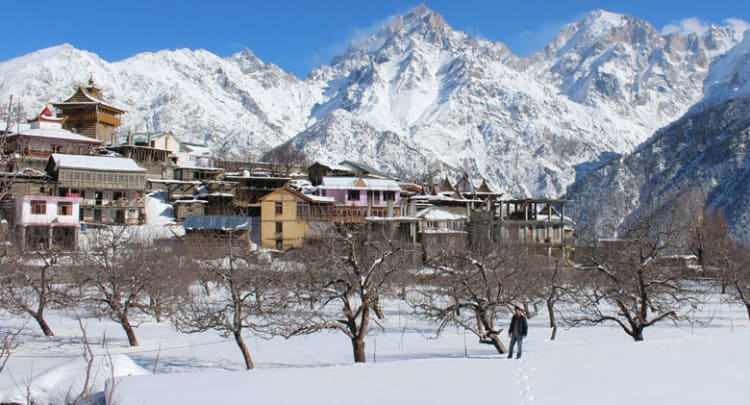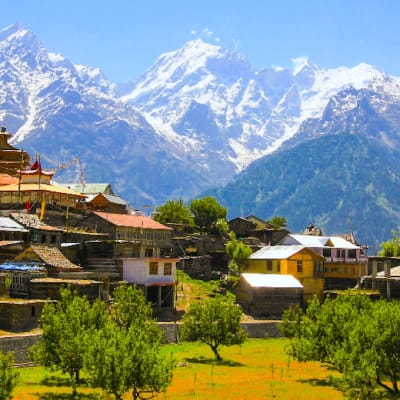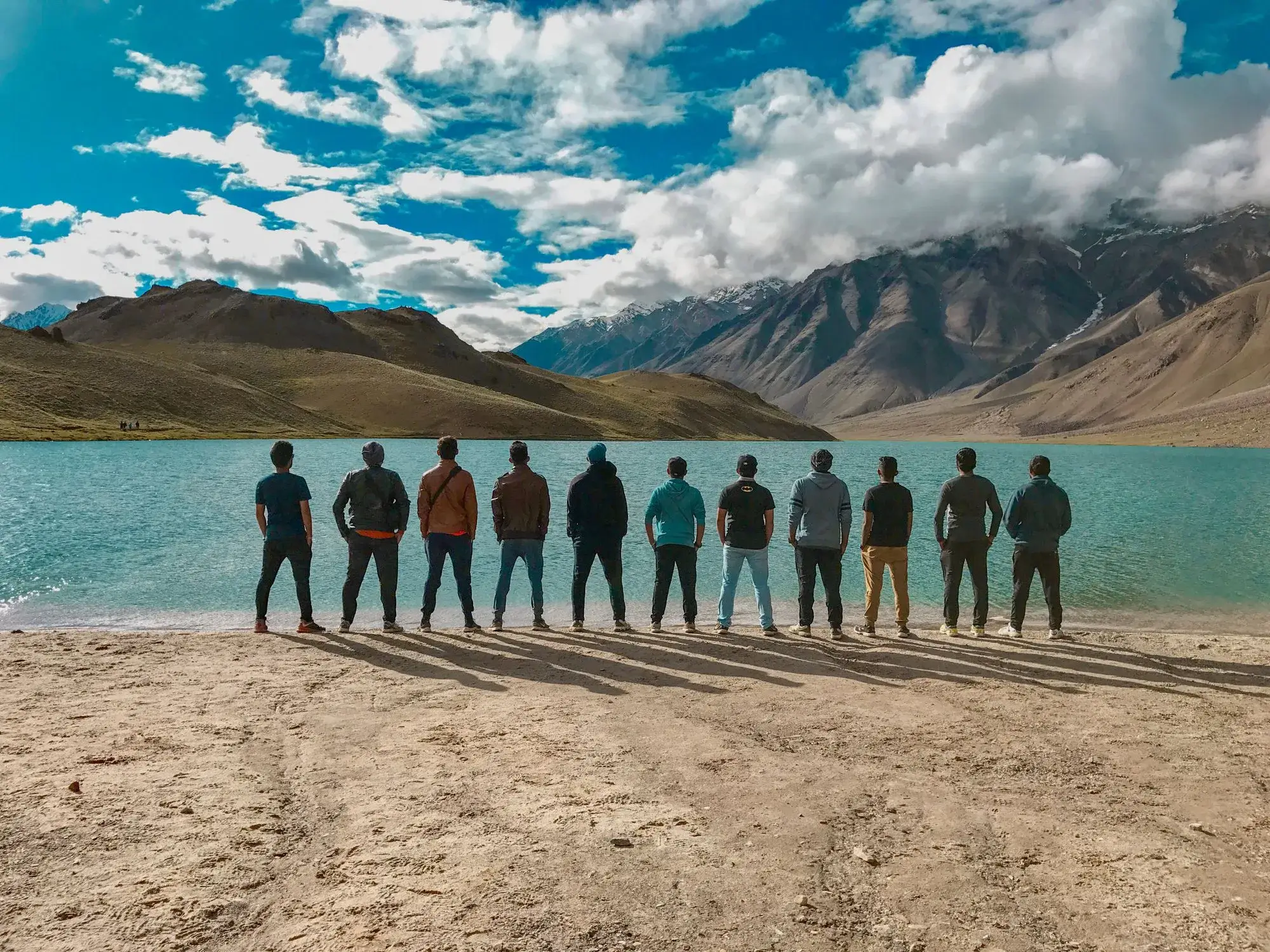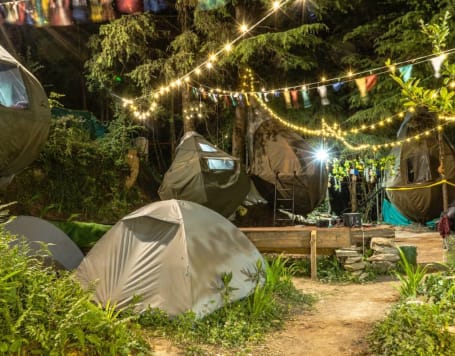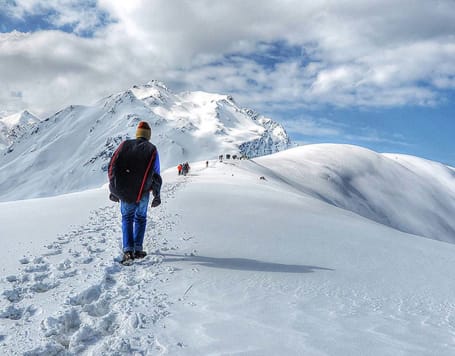Kalpa is a small picturesque town located in the Kinnaur district of the Indian state of Himachal Pradesh. It is situated at an elevation of 2,960 meters (9,711 feet) above sea level and is surrounded by snow-capped mountains and apple orchards. Kalpa is known for its stunning views of the Kinner Kailash range, which includes peaks such as Jorkanden and Raldang. The town is also known for its traditional Kinnauri architecture, which features wooden houses with slate roofs.
One of the main attractions in Kalpa is the Narayan-Nagini temple, which is dedicated to Lord Vishnu and his serpent wife Nagini. The temple is believed to be over a thousand years old and is built in the typical Kinnauri style. Kalpa is also a popular starting point for treks to the nearby villages of Roghi, Chitkul, and Sangla. The Sangla Valley, in particular, is known for its beautiful landscapes and is often referred to as the "Baspa Valley."
The best time to visit Kalpa is between April and June and from September to November when the weather is pleasant and the skies are clear. However, it is advisable to avoid visiting during the monsoon season (July to August) as landslides and roadblocks are common during this time.
Kalpa is a peaceful and scenic destination that offers visitors a glimpse into the traditional way of life in the Kinnaur district while also providing plenty of opportunities for outdoor adventure.




